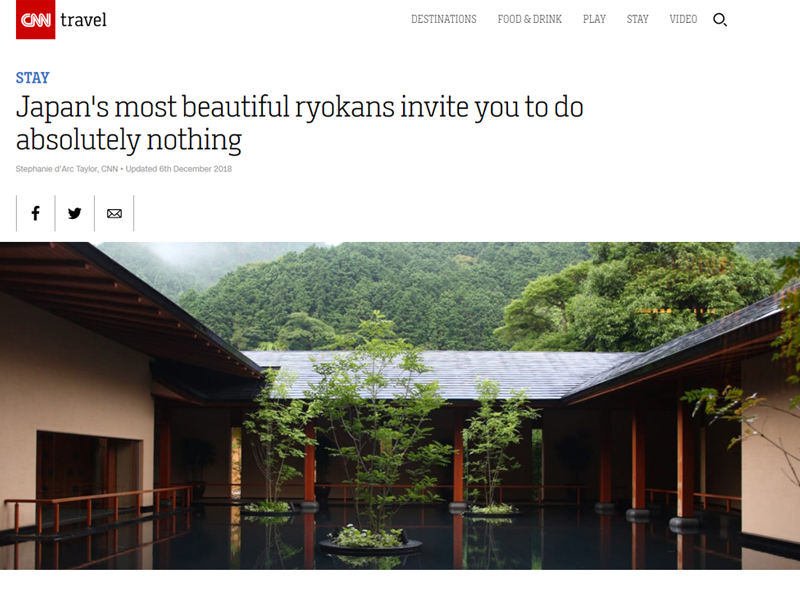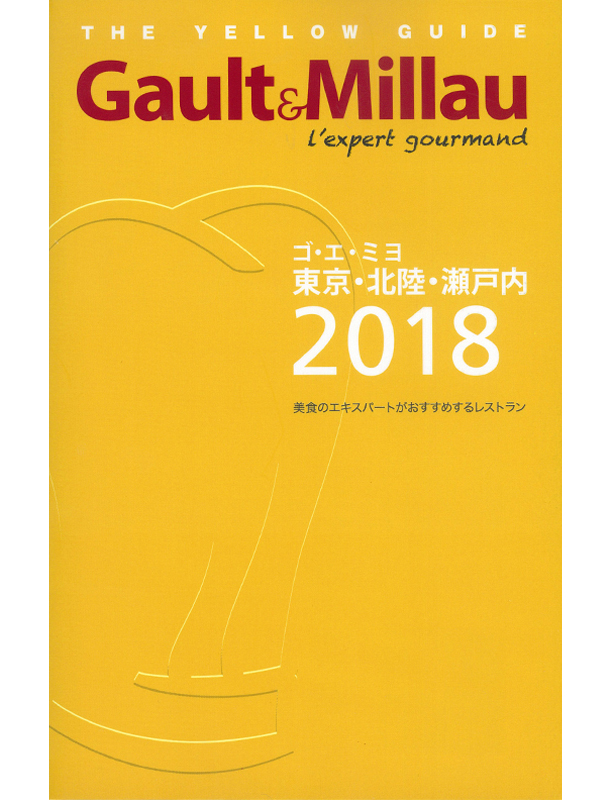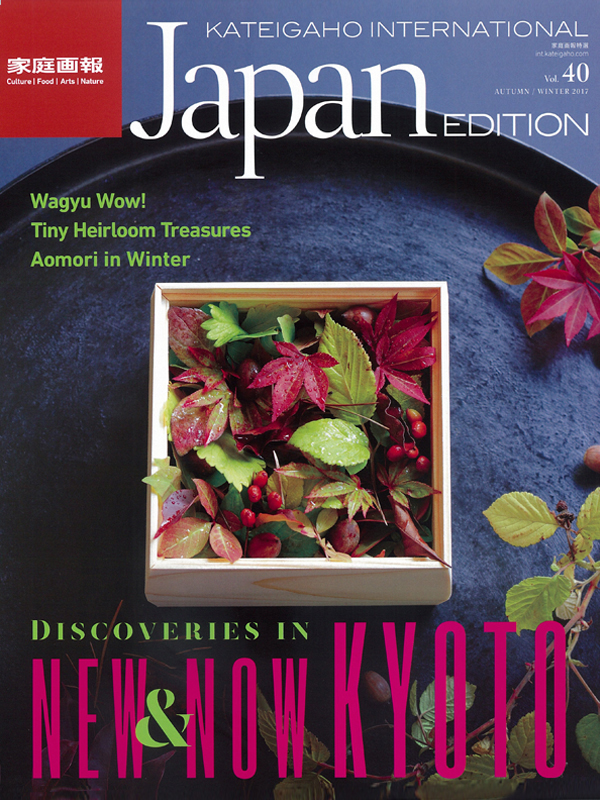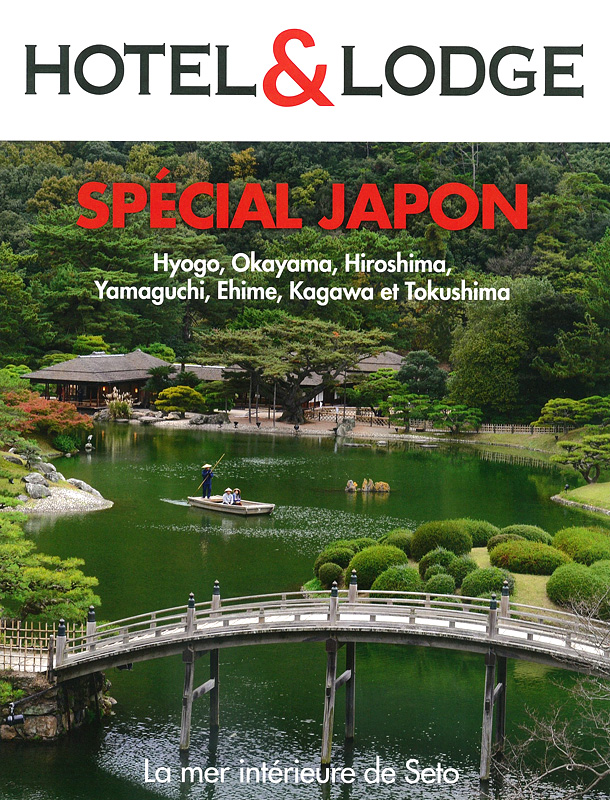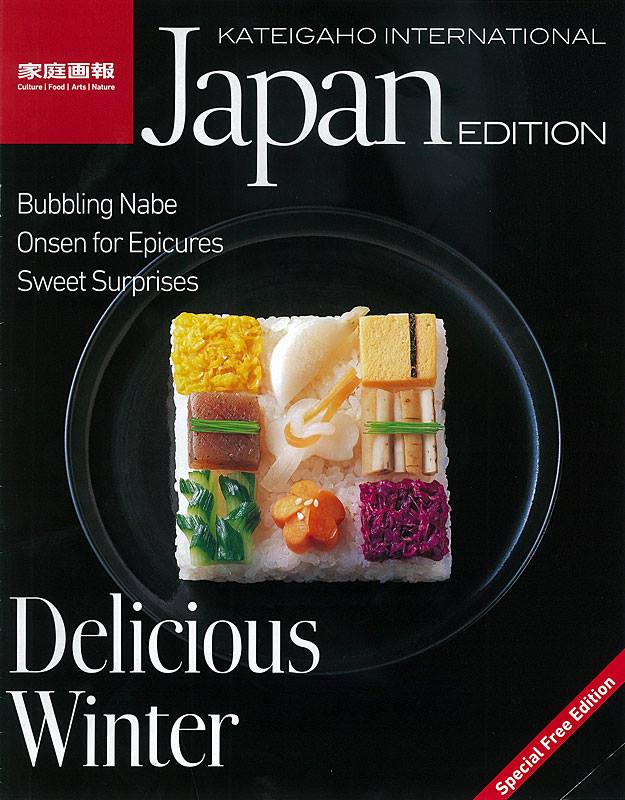-
【media information】Bettei Otozure selected as a Michelin Key hotel
Bettei Otozure has been selected as one of the elite Mi…
-
Bettei Otozure was featured in Lonely Planet Wellness Escapes
Lonely Planet is an English language guidebook that boa…
-
Bettei Otozure was featured by CNN Travel
Bettei Otozure was featured in an article from CNN Trav…
-
Nagato Ichinomiya Sumiyoshi-jinja Shrine (Shimonoseki Sightseeing Information)
Today we’d like to introduce you to Nagato Ichino…
-
Bettei Otozure was featured in “Gault et Millau’s” Tokyo, Hokuriku, Seto 2018 Feature
Bettei Otozure was featured in “Gault et Millau&#…
-
Bettei Otozure was featured in “Katei Gaho International Japan Edition” Vol. 40
Bettei Otozure was featured in the overseas edition (wi…
-
Bettei Otozure was featured in the 2016-2017 issue of “Luxury Japan”
Bettei Otozure was featured in the 2016-2017 issue of t…
-
Bettei Otozure was featured in Taiwan’s “Ultimate Inns: 50 of Japan’s Famous Inns”
Bettei Otozure was featured in “Ultimate Inns: 50…
-
Bettei Otozure was featured in a special pamphlet in the French magazine “Hotel & Lodge”
Bettei Otozure was featured in a special pamphlet title…
-
Bettei Otozure was featured in the December special, “Delicious Winter 2015” in the international edition of the magazine Katei Gaho.
Bettei Otozure was featured in the December special, &#…

